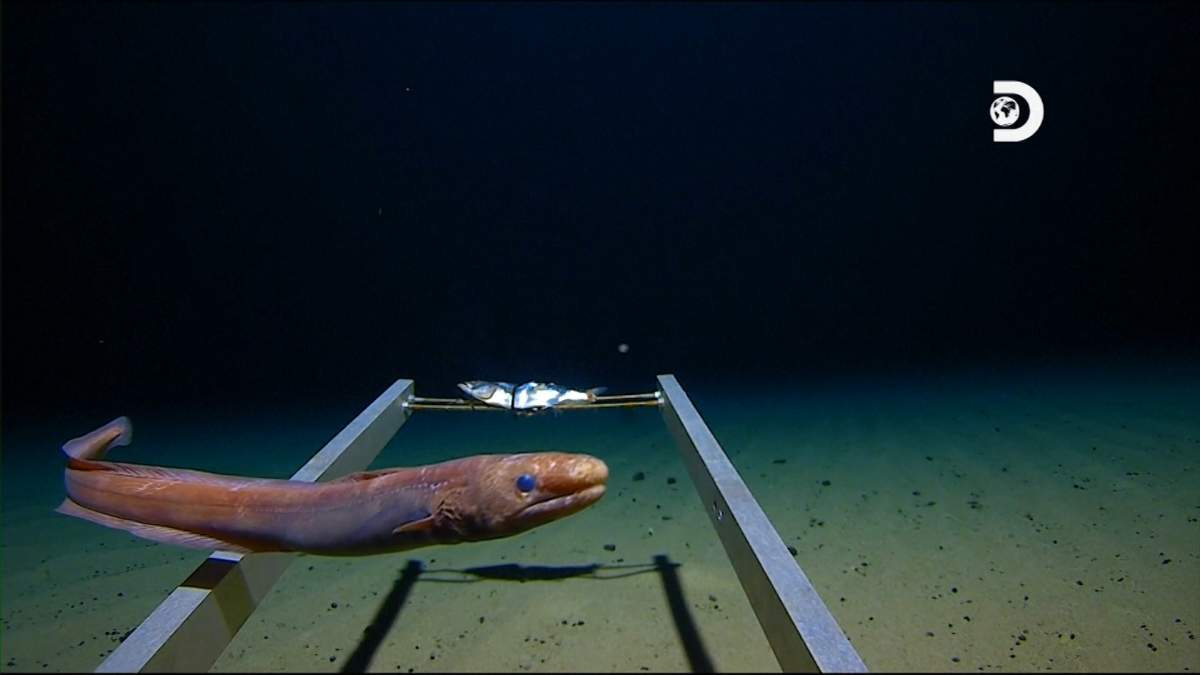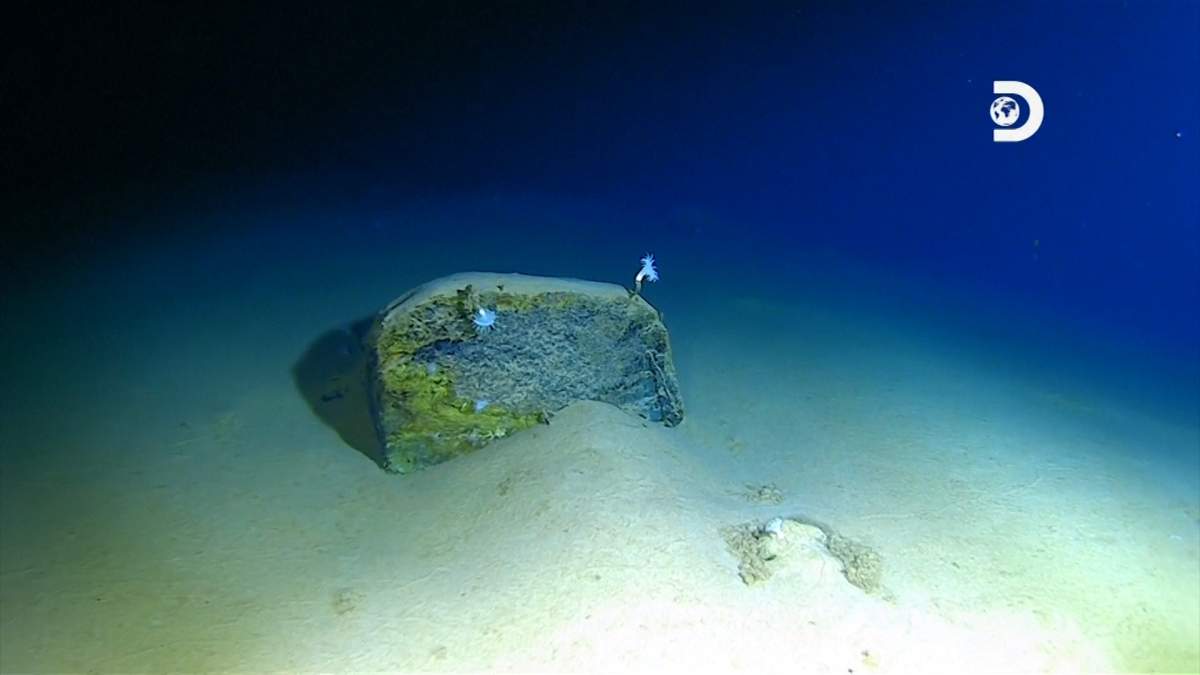Human beings have infiltrated the far corners of the Earth, and now, after an American man reached the deepest depths of the Pacific Ocean, it seems that we’ve even left our mark at the bottom of the sea.

Explorer and retired naval officer Victor Vescovo descended 11 kilometres at the Earth’s deepest point — the Mariana Trench — and found some tiny sea creatures, but more alarmingly, he claimed he saw a plastic bag floating in the depths, along with some candy wrappers.
READ MORE: Pregnant sperm whale found dead with 48 pounds of plastic in stomach
He and his team are working to confirm that it was indeed a plastic bag, but the diver unequivocally believed what he saw was man-made.
Vescovo, 53, spent four hours on May 1 exploring the bottom of the trench inside his submarine, known as DSV Limiting Factor, going deeper than any other solo expedition. Titanic director and frequent diver James Cameron set the previous record in 2012.
“Going to the extremes I believe is a natural inclination of man,” said Vescovo to CNN Travel. “I think it is a wonderful part of human nature that makes us want to push ourselves to the limits, which has helped propel us as a species to where we are now.”

Get breaking National news
This deepest point in the Mariana Trench is known as Challenger Deep, and it’s only the third time human beings have reached the extreme depths.
Aside from gathering biological samples like rocks and sand from the bottom of the ocean, Vescovo’s mission seeks to conduct sonar mapping in the unknown areas of the deep sea.
Some discoveries in the Challenge Deep included “vibrantly colourful” outcrops, prawn-like crustaceans, and sea cucumbers. Scientists on Vescovo’s team plan to conduct tests on some of the creatures to discern the levels of microplastics in their bodies, which could further bolster the claim of the man-made material’s presence in the ocean depths.
Every year, about 8-million tons of plastic ends up in our oceans, according to Plastic Oceans, a non-profit organization. By 2025, they estimate the annual input will be about twice that.
There are currently at least five giant garbage patches located in the North Atlantic, the South Atlantic, the North Pacific, the South Pacific and the Indian Ocean.
READ MORE: Why China has Canada spooked about the world’s plastic waste crisis
Despite his saddening discovery, Vescovo still took a moment to take in his surroundings.
“Honestly, towards the end, I simply turned the thrusters off, leaned back in the cockpit, and enjoyed a tuna fish sandwich while I very slowly drifted just above the bottom of the deepest place on Earth, enjoying the view,” he said. “It was a very happy, peaceful moment for me.”
Up next for Vescovo? The never-explored Molloy Deep in the Arctic Ocean, which the team plans to explore in August 2019.
— With files from Emanuela Campanella






Comments